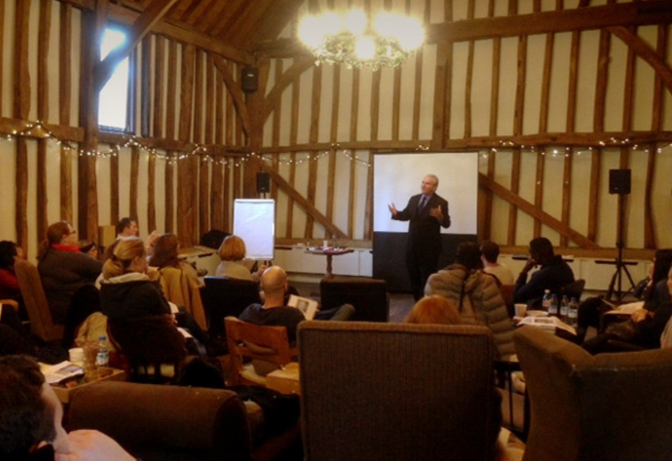Team Building Exercises: Strengthening Collaboration and Workplace Culture
Team Building Exercises: Strengthening Collaboration and Workplace Culture
Strong teams are the backbone of successful organisations. But teamwork doesn’t happen automatically it needs to be nurtured. One of the best ways to encourage cooperation, communication, and trust is through Team building exercises. Far from being just fun activities, these exercises deliver measurable benefits for productivity, morale, and company culture.
In this guide, we’ll explore why Team building exercises matter, the different types you can use, and how to implement them effectively in your workplace.
Why Team Building Exercises Are Essential
Modern workplaces bring together people with diverse skills, experiences, and personalities. Without deliberate effort, those differences can create friction instead of synergy. That’s why Team building exercises are so important.
They help to:
Improve communication and trust.
Encourage problem-solving and creativity.
Build stronger relationships among colleagues.
Increase motivation and job satisfaction.
Align employees with shared goals.
When used consistently, Team building exercises create a stronger, more united workforce.
Types of Team Building Exercises
Not all exercises suit every team. The best Team building exercises are tailored to the group’s needs, personality, and objectives. Here are some proven approaches:
1. Icebreaker Games
Perfect for new teams, these Team building exercises help people get comfortable quickly. Examples include “Two Truths and a Lie” or quick-fire Q&A rounds.
2. Problem-Solving Challenges
Escape rooms, scavenger hunts, and group puzzles are Team building exercises that test collaboration under pressure while encouraging creative thinking.
3. Outdoor Adventures
Sports tournaments, obstacle courses, or charity walks are active Team building exercises that build resilience and camaraderie.
4. Creative Workshops
Cooking classes, art projects, or improvisation sessions allow teams to express themselves and connect in new ways.
5. Virtual Activities
With remote and hybrid teams now common, online trivia games or digital escape rooms are excellent Team building exercises that keep everyone connected.
Benefits of Team Building Exercises
When implemented well, Team building exercises deliver lasting benefits:
Stronger Communication – Employees learn to listen and share ideas openly.
Better Collaboration – Teams become more cohesive and productive.
Higher Engagement – Employees feel valued and motivated.
Improved Conflict Resolution – Understanding and empathy grow.
Enhanced Company Culture – A workplace that prioritises connection retains talent.
These outcomes make Team building exercises a worthwhile investment for any organisation.
Planning Effective Team Building Exercises
To get the most from Team building exercises, follow these best practices:
Set Clear Goals – Know whether you’re focusing on communication, creativity, or morale.
Be Inclusive – Choose activities that everyone can enjoy and participate in.
Balance Fun with Purpose – The most effective Team building exercises are enjoyable but tied to real workplace outcomes.
Reflect Afterwards – Debrief as a group to reinforce lessons and ensure long-term impact.
Well-planned Team building exercises don’t just entertain they transform the way teams work together.
Mistakes to Avoid
Poorly designed Team building exercises can have the opposite effect. Avoid these common pitfalls:
Choosing irrelevant activities that feel forced.
Making exercises overly competitive instead of cooperative.
Ignoring accessibility or comfort levels.
Failing to connect lessons to the workplace.
The best Team building exercises are inclusive, engaging, and meaningful.
Stronger teams don’t happen by accident they’re built through effort, consistency, and intentional activities. Team building exercises are one of the most effective ways to foster collaboration, improve communication, and boost morale.
Whether through icebreakers, problem-solving challenges, outdoor adventures, or virtual games, the right Team building exercises can transform workplace culture and drive long-term success.





